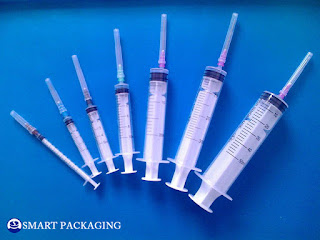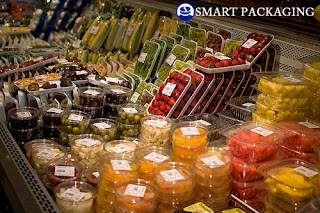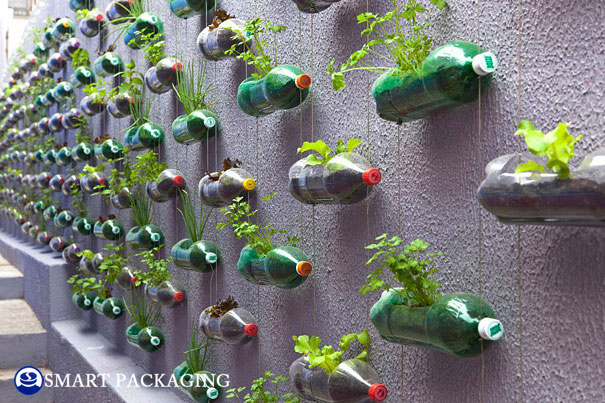PET is chemically inert, non-toxic and safe for food-contact packaging as per testing of specific and overall migration limits set for food, beverages and pharmaceutical packaging. It is to be noted that the current gazette is only a draft notification in regards to the usage of PET bottles and there is NO ban in place, as is being circulated. PET bottles, which are widely used for pharma products in many countries, are tested as per global standards. It is no wonder that bottles made from this versatile, convenient, safe and eco-friendly PET plastic are used for packaging medicines for paediatric, geriatrics and pregnant women by the world's biggest and best pharmaceutical companies. It is worth noting that some of these pharma MNC's find a place in the "Global 10" list and are known to care for the health-wellness of human beings. Thus, the news circulating against "PET for Pharma packaging" is purely based on the misinformed assessment of the facts, to say the least.
PET has today created a niche for itself in the pharma industry owing to the unique set of advantages it provides to the product packaged. It is true that PET started as a replacement for glass in the pharmaceutical industry in the early 90's; however, today it is the first material of choice for any new product or product extensions launched. In fact, there have been recent developments in special grades of PET raw material to be used even for oxygen-sensitive pharma molecules, where glass has been traditionally used.
As you might be aware, packaging of pharmaceutical products has undergone a sea change with constant evolution over the last few decades. For instance, Lami Tubes have replaced Lead Tubes and Polymeric Blister Packs have replaced Metallic Blisters. Similarly, PET bottles have well-replaced glass bottles, at least in the packing of the majority of oral liquids.
In India, There are broadly seven types of plastics and each one of them is denoted with an individual recycling code. PET is a 100% recyclable material with the recycling code of "1" and the recycled bottles in India are used for non-bottle applications like fibre and strapping. PET is one of the most eco-friendly plastic materials available and is 100% recyclable. there are more than 1500 PET converters and around 20% of them primarily supply to the pharma sector.
The substitution of plastics with glass as the packaging material would result in an increase of packaging cost by at least 20% and this could also result in a rise in the prices of medicines. In regard to the cancellation of government price caps on 108 expensive and widely prescribed medicines, the likely effect would vary as per the different product categories and that would decide the compounded impact on consumers. In addition, as a glass is more centralized in geographical locations, this would also lead to increase in over-all SCM costs if PET bottles are replaced by glass bottles.
- The significantly lower weight of a bottle than in case of other materials such as glass or HDPE (weight of 1L milk PET bottle is only 25g, while the weight of 1L HDPE container is 38-40g).
- No material loss during production.
- Lower costs due to material saving and manufacturing technology (high efficiency, low power consumption, full automation of the process).
- PET bottle offers a better barrier against oxygen and better protection from odours than HDPE.
- The possibility of producing tailor-made bottles with original shapes, which are attractive and aesthetic for customers and create great marketing opportunities.
- PET bottles can be transparent or coloured in different colours including white – which reduces the effect of light.
- Smooth, aesthetic finish of a bottleneck, formed during preform injection – no knife cut-off trace or spikes like in an HDPE.
- The new generation of cap closure dedicated to PET bottle that prevents contamination of the product in case of multiple uses (repeated opening and closing).
- PET bottle is extremely lightweight and has a high shock-resistance. It’s convenient for production and distribution.
- Transport in several layers is possible – up to six layers with the right bottle design. Positive environmental profile as PET bottle can be easily recycled.
- Like glass, PET is a biologically inert material that doesn't react with beverages or foodstuff and is resistant to attacks by micro-organisms.

For more about PET Bottles Click here






